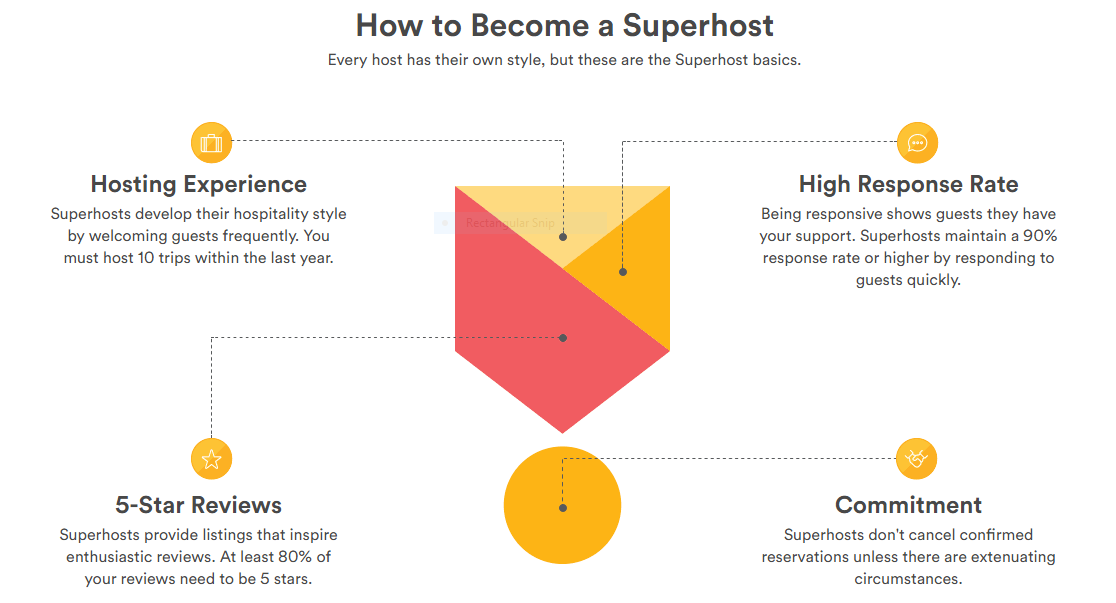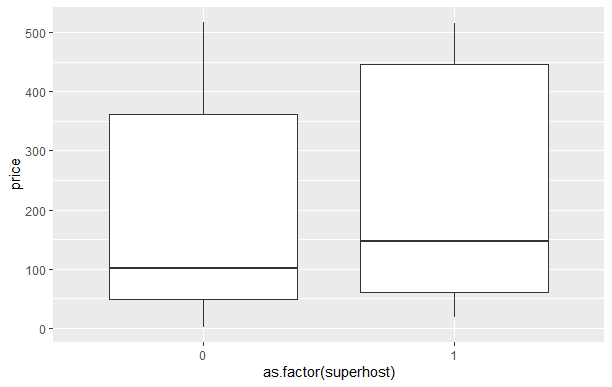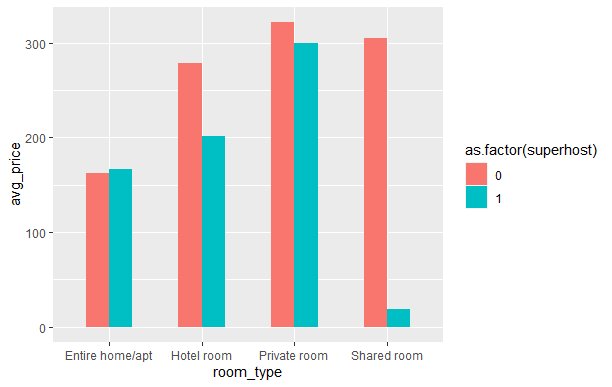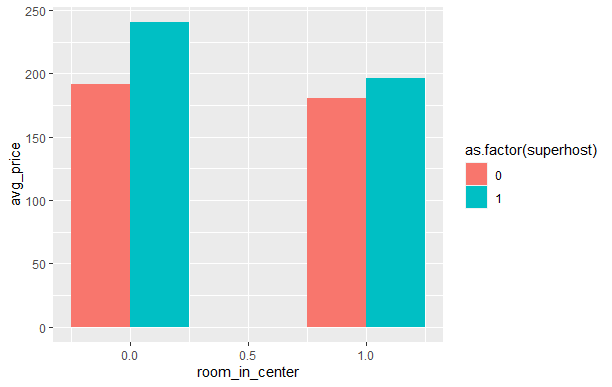How becoming a superhost pays off on Airbnb: Do superhosts charge higher than their non-accredited counterparts?
Peer-to-peer accommodation services such as Airbnb have become a game-changer in the rental market and the tourism accommodation sector. Literature has investigated a different price determinants of Airbnb listings such as: listing attributes, host attributes, rental policies, listing reputation, and listing location (see more at More Resources)
This project addresses the following research questions:
- Do superhosts charge higher than non-superhosts for listings with same characteristics?
Answering this question benefits Airbnb users (i.e, hosts and guests) in different ways:
- For Airbnb hosts: Becoming a superhost requires huge time and effort investments. The results from this study can help answer the question: Is it worth it to become a superhost?
- For Airbnb guests: This helps travelers u nderstand the price listing bias which in turns helps them make better decision when comparing and choosing accomodations on Airbnb.
The data consists of 13,421 observations of which each represents an AirBnB listing. After removing unnecessary columns, the final dataset includes 16 variables related to both hosts and the listings.
- There are 1835 superhosts (13.7%) and 11586 (86.3%) non-superhost-owned listings
- We can observe some differences in price set by superhost vs. non-superhost in general:
- Of all listings in the dataset, average prices set by superhosts are higher than that of non-superhosts:
- Examinizing prices for each room type, we see the same pattern: Except for Entire homes where prices of superhosts are a bit higher, non-superhosts establish higher prices for all other property types.
- Lastly, considering property location, superhosts seem to set higher price for both in center and not-center rooms
-
We use OLS estimation to analyze the effect of being a superhost compared to non-accredited hosts on the listing’s price. In our regression equation, the DV the “price” and IV is the “superhost dummy”. We also include covariates such as the number of reviews, house size and etc.
-
To overcome endogeneity problem, we use sample matching method. To be more specific, we match the treated (superhosts) and untreated (non-accredited hosts) groups based on the covariates included in the model ike a real lab experiment, both conditions are approximately the same except the difference in the type of host (superhost vs non-accredited).
-
We match both groups with optimal matching with a ratio of 1. The main goal of this approach is to find the matched samples with the smallest average absolute propensity score distance across all the matched pairs.
See the distribution of propensity scores before and after the matching:
-
When we use simple OLS, the coefficient of superhost is -7.1. However, we find no statistical evidence to support our hypothesis.
-
OLS after propensity score matching yields to a coefficient of -24.99 (t = -4.24, p < 0.001). Unlike our expectations, we find that on average a superhost charges 25 Euros less than its non-accredited counterpart for the same house. Our hypothesis at the beginning was superhosts are charging higher prices than ordinary hosts, however analysis revealed that the direction of the relationship is the opposite. This might be because, superhosts feel themselves under pressure and set their prices lower so that they have higher reviews and continue as a superhost.
-
Interestingly, houses in the center have a lower price than houses located outside the center. Customers pay 57,22 Euros less to a hose in center with the same characteristcs (t = -9.44, p < 0.001).
-
Number of reviews is also a significant covariate which affects a listing's price. Each review increases the price by 0,11 Euros (t = 3.17, p < 0.001)
Our repository has the following structure:
|───data: original data
|
|───gen: files generated while running source code
| ├───input
| ├───output
| |──temp
|
|───paper: analysis results
|
└───src: source code
├───analysis
└───data-prep
-
Download this Github repository to your own computer.
-
Open your terminal and set the main directory of this project as your working directory. If you don't know how to do that, please check this following article: Basic Shell Commands
-
In your terminal: type: make
-
Grab some coffee and check back in few minutes. You will find the data downloaded, the analysis done and the results reported neatly in the right directory order as shown in Repository overview.
1. Do I need to install any R packages before running this project?
No. Do not worry about R package installation. When you run 'make' our source code will take care of package management. It will install the packages if necessary and load the required libraries automatically, thanks to pacman. Pretty cool, right?
2. Why can't I find any data files in this repository?
Please notice that we only need the makefile and src folder to run the whole project from the beginning. Therefore, to optimize resource (also to save you time downloading the project), this online repository does not store any data file (such as: .csv, .Rdata)
3. Is it necessary to download the whole repository to run the project?
No. As stated above, only makefile and the src folder is required. As this project is part of a course, we put the paper folder here as it helps to report our results. The creation of other folders will be taken care of by make. Thus, after you run make locally, you will find the same resulting directory structure as described in Repository overview.
4. How can you run the whole project with only a single command "make"?
For this project, we made use of GNU make which executes your whole project with just a single command. If you would like to learn more about GNU make, we advise you to visit the following site.
5. Anything else I should consider?
Always make sure you have the updated R and Rstudio install on your computer. Check the latest version and the installation instruction at: R website and RStudio website
-
Perez-Sanchez VR, Serrano-Estrada L, Marti P, Mora-Garcia R-T. The What, Where, and Why of Airbnb Price Determinants. Sustainability. 2018; 10(12):4596. [https://doi.org/10.3390/su10124596]
-
Learn more about Airbnb Superhost: Details of Airbnb Superhost Program
This group project is part of the course Data Preparation & Workflow Management at Tilburg University. The following authors have created and contributed to this repository:
- Iliana Chlimintza i.d.chlimintza@tilburguniversity.edu
- Tolga Depecik t.depecik@tilburguniversity.edu
- Trang Bui t.h.t.bui@tilburguniversity.com
- Vasileios Syrpas v.syrpas@tilburguniversity.edu
- Janick Boekhorst j.boekhorst@tilburguniversity.edu



